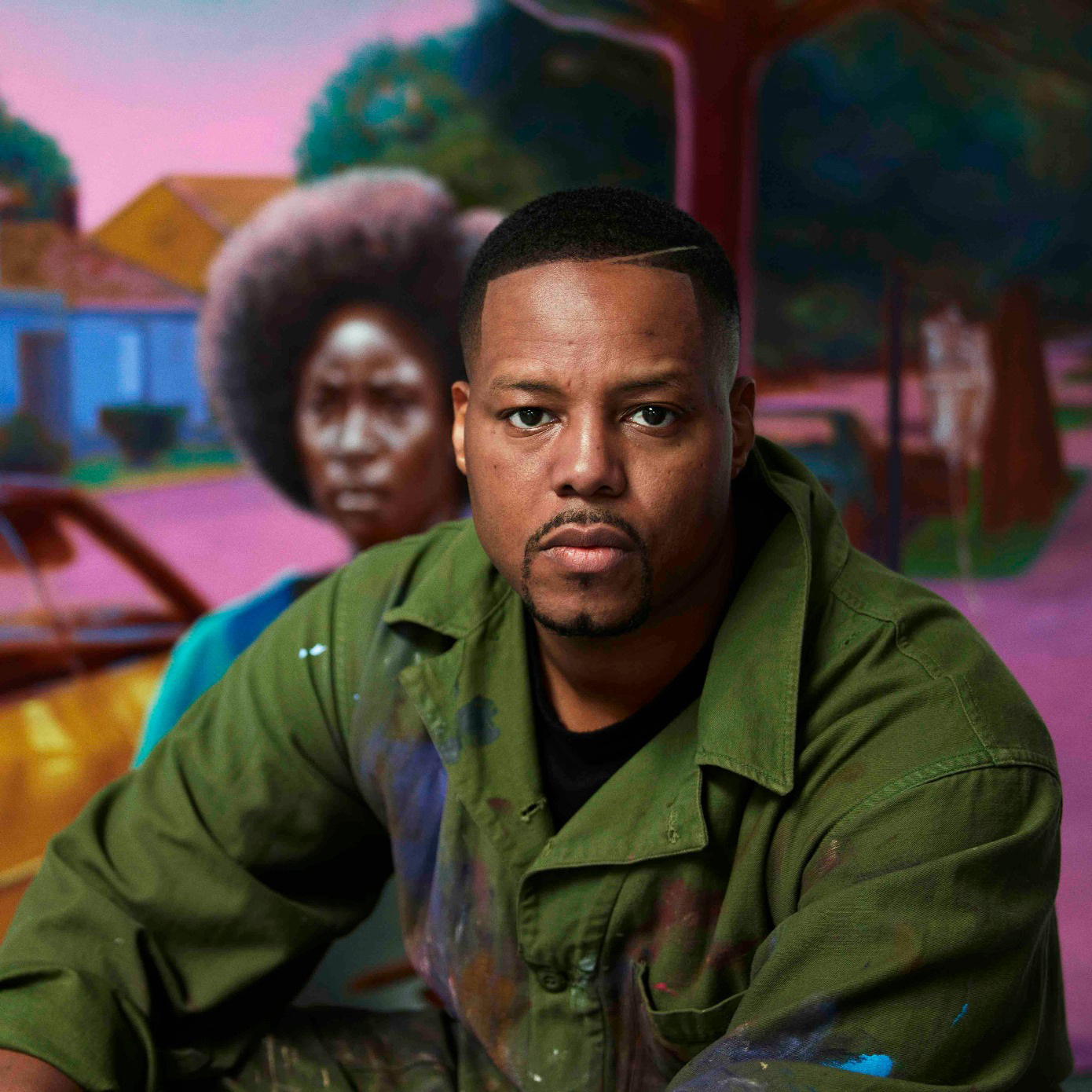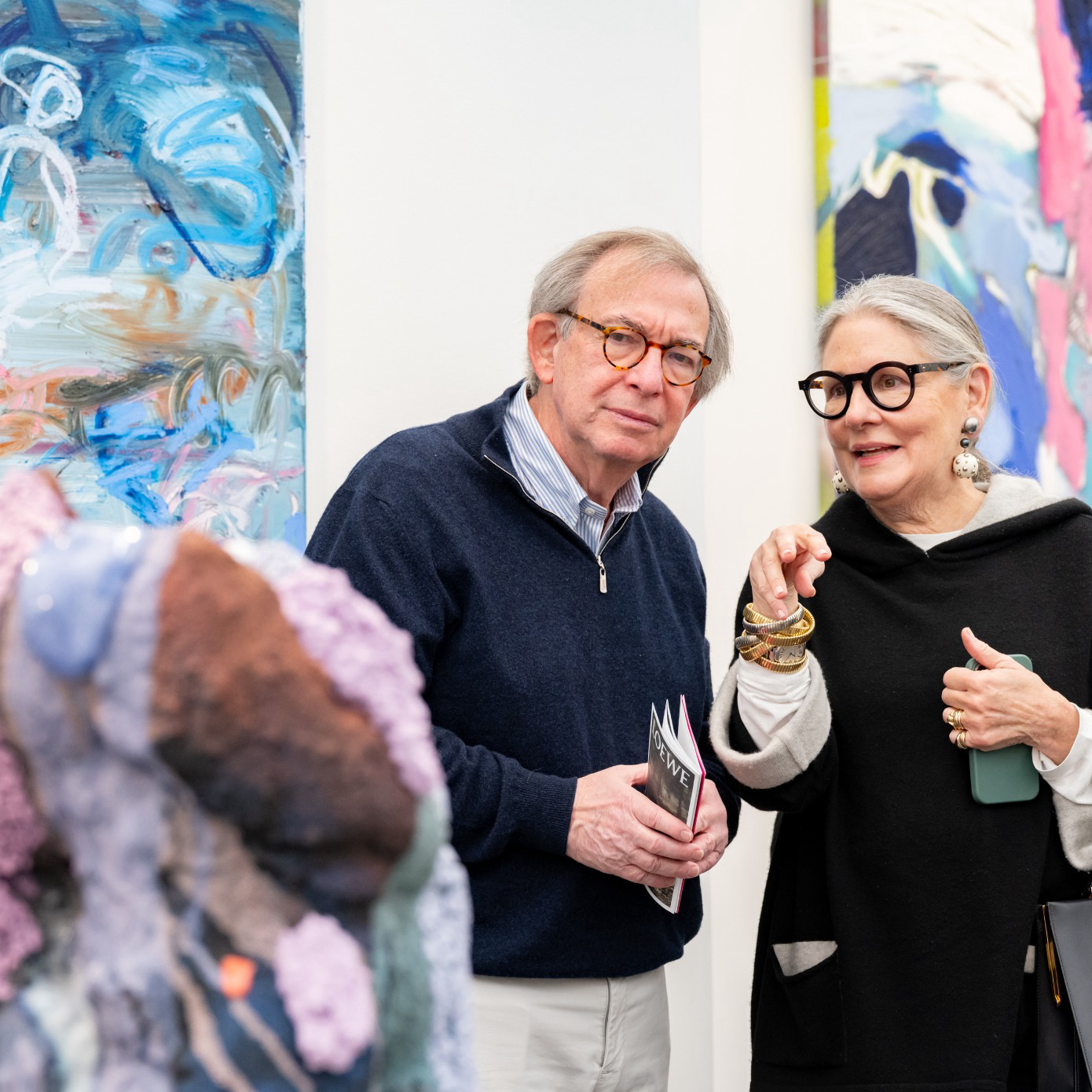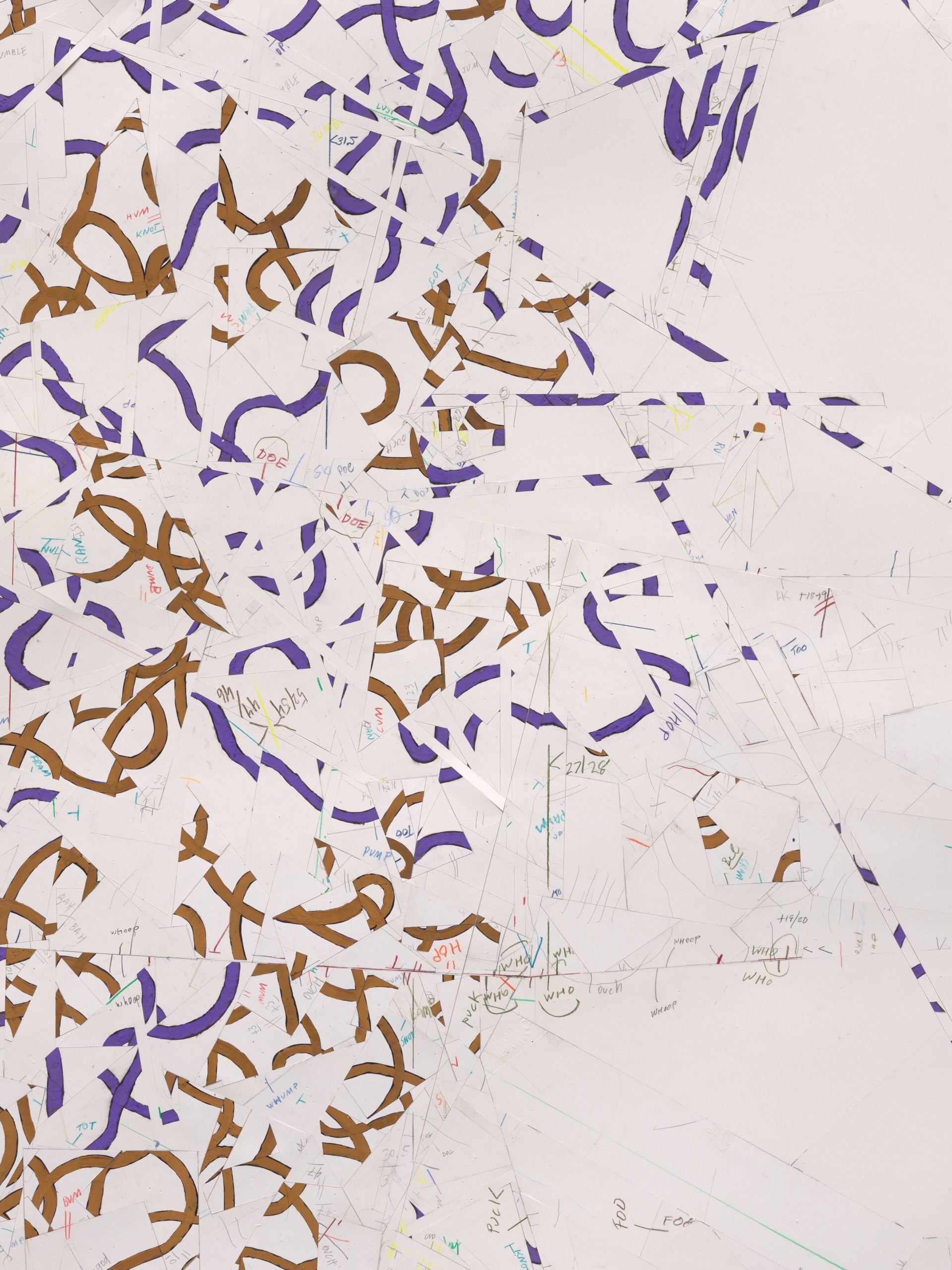
Artist and writer Roni Horn speaks with Cultured about her latest body of work, LOG (March 22, 2019- May 17, 2020), an installation of over 400 drawings, including photos and text fragments, on individual sheets of 8.5-by-11-inch paper. Produced nearly every day for almost fourteen months, Horn unexpectedly captured the thick of the world’s pandemic lockdown, creating a striking portrait of emotion. LOG, part of the gallery exhibition Roni Horn: Recent Work, debuts today at Hauser & Wirth in New York.
Jacoba Urist: What inspired you to start LOG (March 22, 2019-May 17, 2020)?
Roni Horn: I come at my work from a conceptual position and it can take one, two or even three years to fully realize a specific installation, either because the production is slow, developing the technology is slow or I’m slow. So I gravitated naturally to a form that offered me a daily regimen I could develop in real time, which had no demanding production restrictions. I wanted something that I could work at daily in a casual but focused manner. All of the sculpture and a lot of the drawing I do is either labor-intensive or the production is attenuated in nature. I wanted to go in a completely different direction. I didn’t say I was going to do a log necessarily. I just started working on this and it became quite a passion and commitment on my part, obsessive in a way.
JU: Did you have any rules creating LOG or did anything go?
RH: I began this project with the thought that I would try to commit something to paper every day; what that something would be, I would discover each day. It was pretty much whatever made sense to me, whatever at that moment worked. In other words, there were no rules, no limitations; just one drawing a day. It isn’t quite enough to be autobiographical, but LOG strongly reflects my personal sensibility.
JU: Was there a daily routine or set time you would make each drawing?
RH: At the beginning of this work, I was traveling a lot to Paris, Oslo and Seoul. The project proved to be very portable and I liked that. I had my iPhone. I had my collection of quotations. I had my writing paper. I often drew directly from whatever my current circumstance or situation was. I wrote casual bits and more serious bits. But travel does mean your schedule changes every day, and I’m comfortable with that. I don’t usually go for routines anyway.
JU: Even during the long days of lockdown and being home so much?
RH: No, I don’t stick to a routine. It’s pathological for me. I can’t do it.
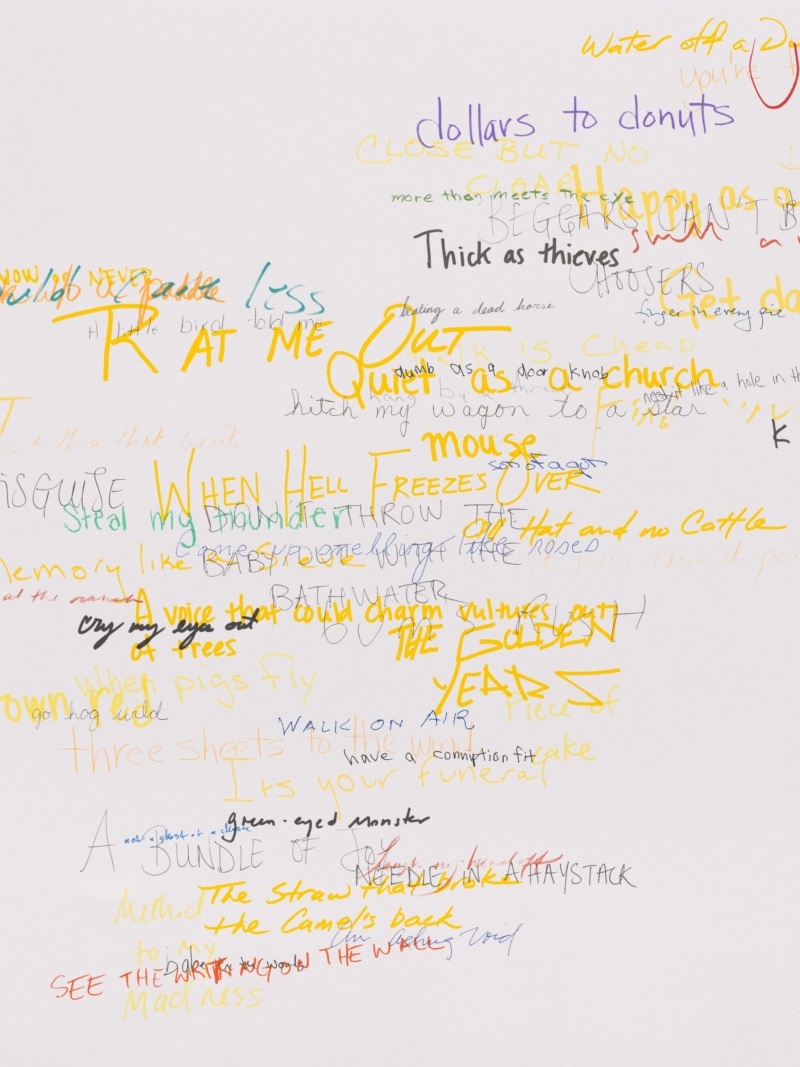
JU: Where were you emotionally when you made I Am Paralyzed With Hope on March 31 last year?
RH: This particular drawing is one of a series of about six included in LOG that recur fairly consistently with this quote throughout the year. There are I Am Paralyzed With Hope drawings on March 22, 2019; September 18, 2019; and February 15, 2020. I’m fond of quotations and I collect them from all sources: radio, journalism, literature, spoken language, film—anything that hits me. In this case, it was a line from stand-up comedian Maria Bamford. This phrase is from one of her monologues. Every now and then, comedians just hit the nail on the head and something they say keeps ringing in your ear. “I am paralyzed with hope” is one of those phrases. It has a poignant connection to our time with regards to politics and the environment and now, of course, in relation to the pandemic.
But the pandemic, in a way, can also be a blessing in disguise. It quieted everything down. I’m certainly less distracted. I have no desire to go back to being extremely busy and getting on a plane every month, running around the globe. I don’t miss that a bit. I will continue to travel if that’s an option in the future. But I do not want to repeat my past and return to that idea of normal. I’ve learned something in this quiet time. What’s going on now with politics and the climate does push hope to the brink of obsolescence. On the other hand, I learned hope as a child. It is ingrained to always hope—but hope contradicts everything we’re seeing.
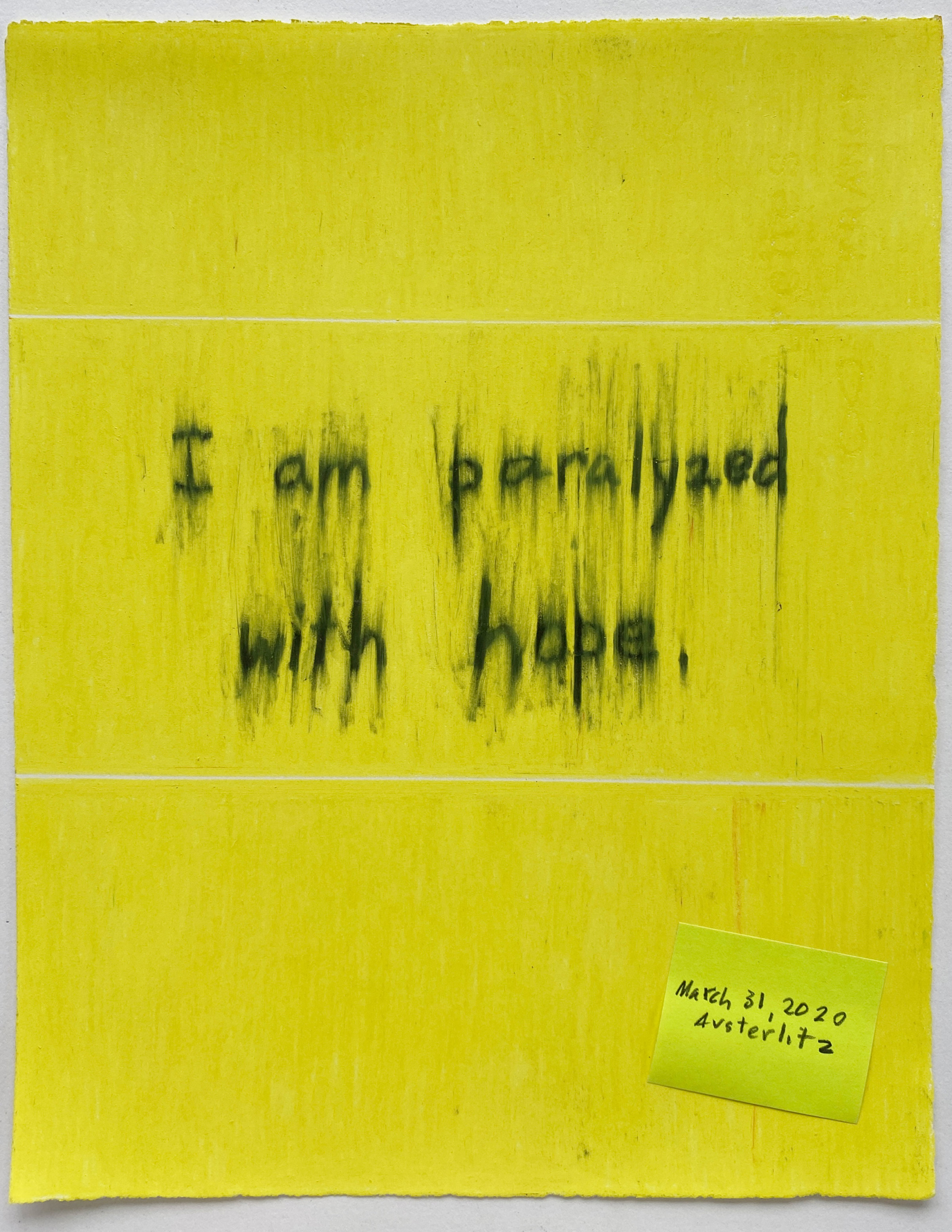
JU: Why did you stop on May 17, 2020? How did you determine the end?
RH: It was arbitrary. I had enough material to see it as a thing in itself.
JU: Do you consider text in your art a kind of abstraction?
RH: In the history of my work, most of the text I have incorporated is not my own. It’s Emily Dickinson or Wallace Stevens or Franz Kafka, for example. This particular work has a lot of casual notations over the course of the day, from what I’m reading or piecing together. Take Mae West, who is just so exquisitely sexual in her whole being and comes up with a line like: “When I’m good, I'm very good. And when, I’m bad. I’m better.” That appears with a quote from Emily Dickinson: “He inherits his Uncle Emily’s ardor for the lie.” Or bringing together an Ava Gardner quotation with an Edith Wharton quotation—it’s perfect. It’s a joy: sometimes funny, sometimes warped. It’s whatever it needed to be that day for me.
JU: Can you recommend a book that you read during the pandemic or the course of the project?
RH: One book that stuck with me is Shoshana Zuboff’s The Age Of Surveillance Capitalism. It’s an analysis of what we lose when we allow big tech companies to take our data. People are addicted to convenience, so they throw data away like it’s meaningless. Even the data of those who don’t want to share it gets sucked into this collection of so-called anonymous meta-data, which is not anonymous at all. And that has a place in LOG. I made a one-page synopsis, selecting quotes from throughout the book.
Recently I read Stalingrad by the Russian writer and journalist Vasily Grossman, an author I’ve read over the years. My grandparents fled Russia in the very first part of the 20th century when they were actively killing Jews, before the Nazis. Grossman memorializes eyewitness accounts of people who were murdered. It showed me that people under threat stay in place and why they don’t run—because you only see a little piece of reality. The big view is either too horrific or unimaginable. Giving up everything you have—your home, your community—and what’s on the other end? Nothing and no one. I think the same thing happens with regard to the climate. People live in this endless denial. You could say we acclimatize to horrific things. Perhaps it’s too daunting for most people to imagine or comprehend.
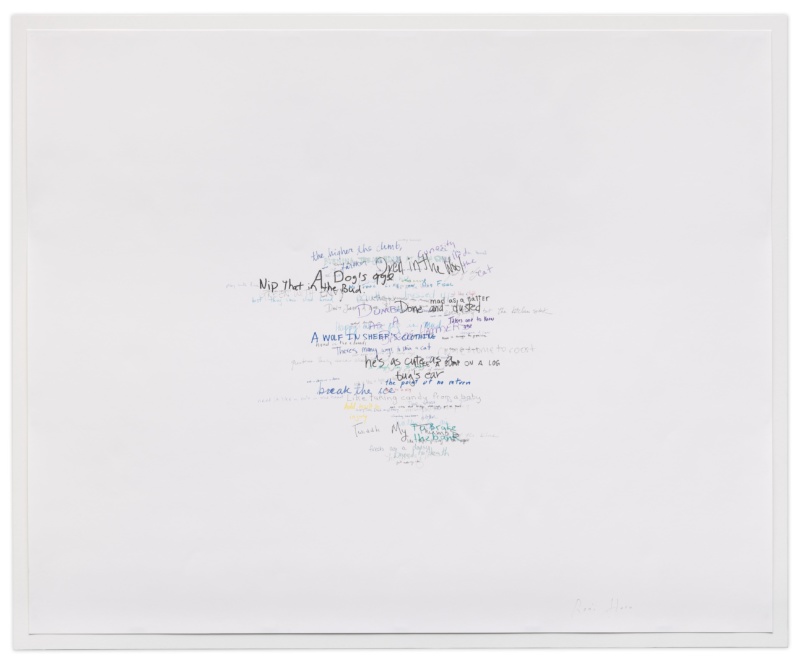
JU: Has the pandemic changed art making for you?
RH: I don’t actually think it’s changed my practice that much. I have my relationship to my work and my viewers have a completely different relationship to what I produce. My thoughts about art are very much focused on experiential aspects. Obviously, that’s taken a big hit with the closure of galleries and museums. I don’t know how that’s going to evolve exactly, but some things cannot be transcribed into the virtual. I’m very much buried in the actual. I use computers a lot; I love them. I have no criticism of virtual experiences. I’m interested in them. But I was not nurtured by them. Now we have a generation that grew up with it as a first language and a primary experience—not nature, not the water, but the virtual. That is a different idea of humanity. But I think there is a lot that is not dependent on the experiential in the same way. Humor is a good example. It isn’t dependent on-person experience directly the way painting or sculpture is. I rely on humor a lot in LOG.


